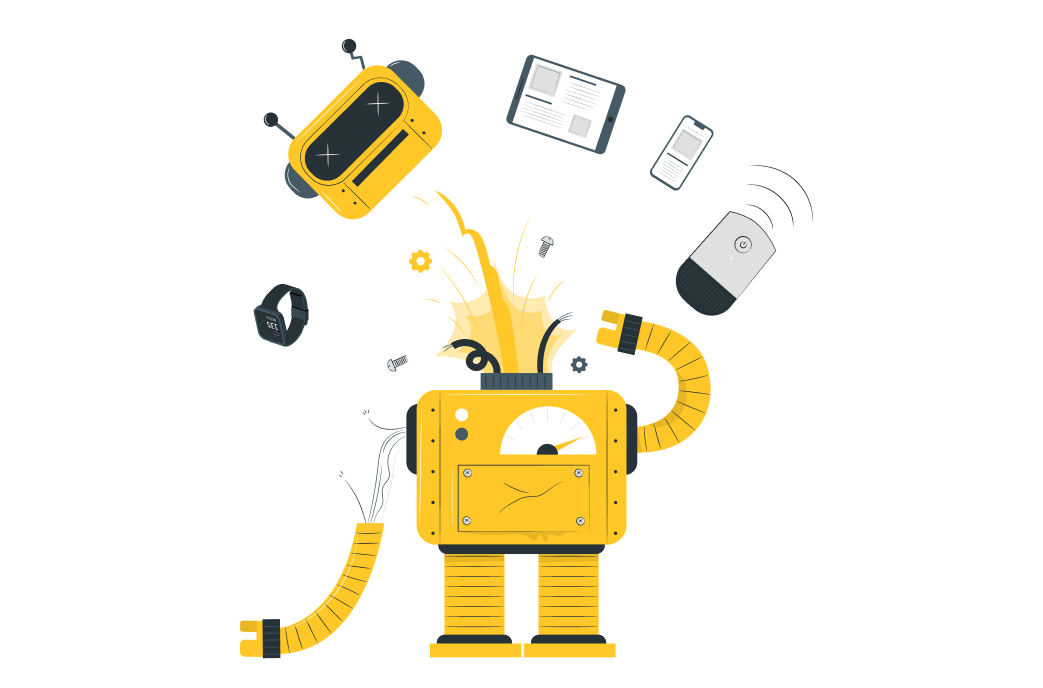Sell and grow like the big boys: Headless Commerce
In May 2018, Óscar, when he left the meeting with his employees and suppliers, realized that he had wasted his time and resources.
Óscar is a renowned businessman in the city. He owns a very important shoe store throughout the region, he has many branches with very good products.
Back then they only had a basic corporate page. Oscar asked the Marketing Director to find a supplier capable of developing an online store. After three months of searching, Paty found the provider. When delivering the first stage of the project, the product information was very strange.
The supplier requested the product information. Óscar told him that all the necessary information was in the company's system. A connector was created that synchronized the system information with the online store. Then problems began to arise: very rare product names, poor descriptions, and products with no image.
Paty knew that all this had very bad consequences: bad image, bad positioning in Google, few sales and most of the users left the store just by entering. Paty took the initiative to fill out the information by hand. The work became very overwhelming so he asked his boss that they should hire three more people to fill out the information. After three months of work, the information was completed. At that time hundreds of collections of the new season arrived that should enter the store.
The team was exhausted. They realized that in addition to them there were more people who had similar problems. Pedro who is in charge of the mobile application, Sofía who is in charge of filling out the product information on Instagram and Facebook, Juan who is in charge of the digital kiosk. They all do the same job but for different sales channels. This was already too much.
If the problem is not addressed the consequences are clear, wasted time and resources will be unsustainable for the business. The Marketing Director will not have time to focus on key activities that lead her to meet business objectives. And employees will continue to be tired and upset.
Finding a solution to this problem had become important. They were looking for a way to be able to centralize the information so that there is a single source of truth in order to maintain consistency. That can reduce the amount of work of the collaborators. That allows to adopt the new forms of purchase that customers demand. That each channel has a unique experience and the company can be more competitive. It sounds very easy to say. But how do we do that? The answer is headless commerce.
The headless commerce is an e-commerce solution that stores, manages and delivers content to the different sales channels. The platform completely separates the system that manages the information (Back end) and the sales channels (Front end). In other words, the back end and the front end work independently.
Major companies in the region have already started to adopt headless commerce in their technology stack. Apart from the e-commerce most important worldwide, such as Amazon use this type of architecture to sell on their voice device (Alexa), web application, website and they even have a button to order products from your home. They serve all these sales channels without affecting the system that is behind all this.
The main benefits of headless commerce are:
- Consistency of information in all sales channels.
- Personalization of the experience on each device
- Marketing more agile
- Ability to integrate with other platforms where your clients may be.
Taking advantage of these benefits makes your e-commerce more competitive by allowing you to have multiple sales channels and more importantly, increases sales for the business.
But not everything is perfect with this approach.
Óscar, Paty and the team wondered what it means to adopt the approach What are its main risks? Headless commerce is certainly not for all businesses. How it helps you reduce your costs involves having a team for the administration of the back end and having a team that develops the front end in each sales channel. As there is no specific template for each channel, it is difficult to preview each design beforehand. This can hinder the activities of the marketing team that relies on the IT team. But considering the size of Oscar's company, the company has the maturity to adopt this approach and the results it could generate in sales are imminent.
The decision that must be made before starting your e-commerce is that if you are mature enough and can afford the investment necessary to develop these technologies, then you should take the headless approach. If you are a startup company that is not big enough to face this investment, take a traditional e-commerce approach. You can start with ready-made platforms such as Shopify, Woocomerce with Wordpress, Magento among others. At ADHOC TI ® we implement and develop technologies for the back end and front end. We help your brand to establish safe steps in the foundations of your company. Here you can schedule an advisory call. Our team of e-commerce experts can help you.
